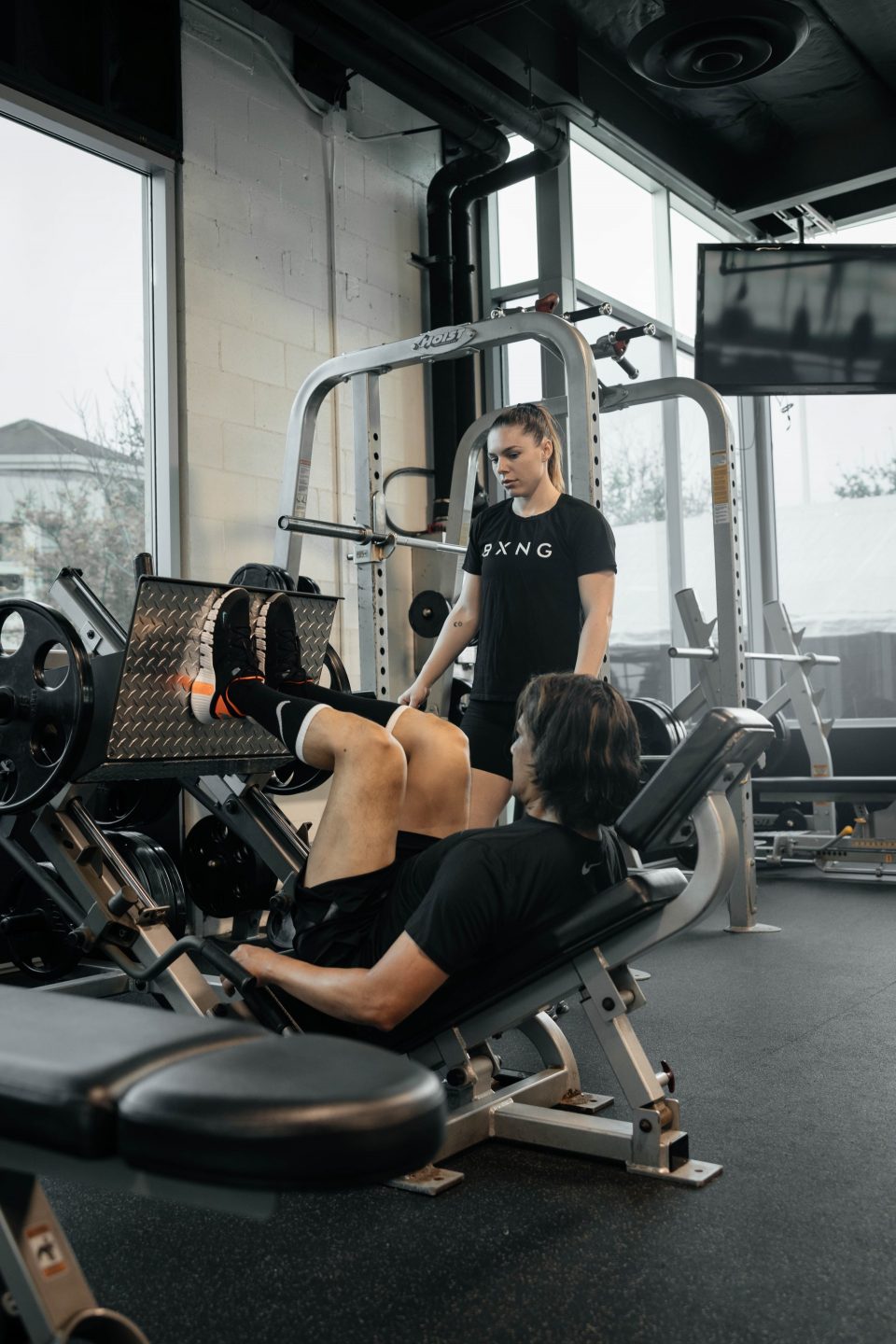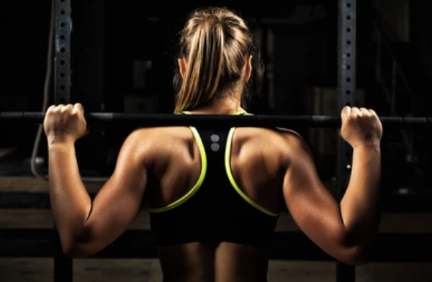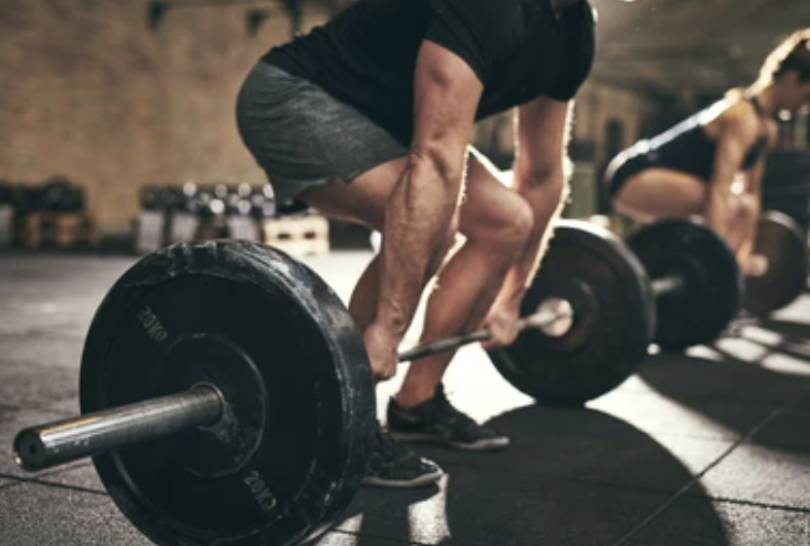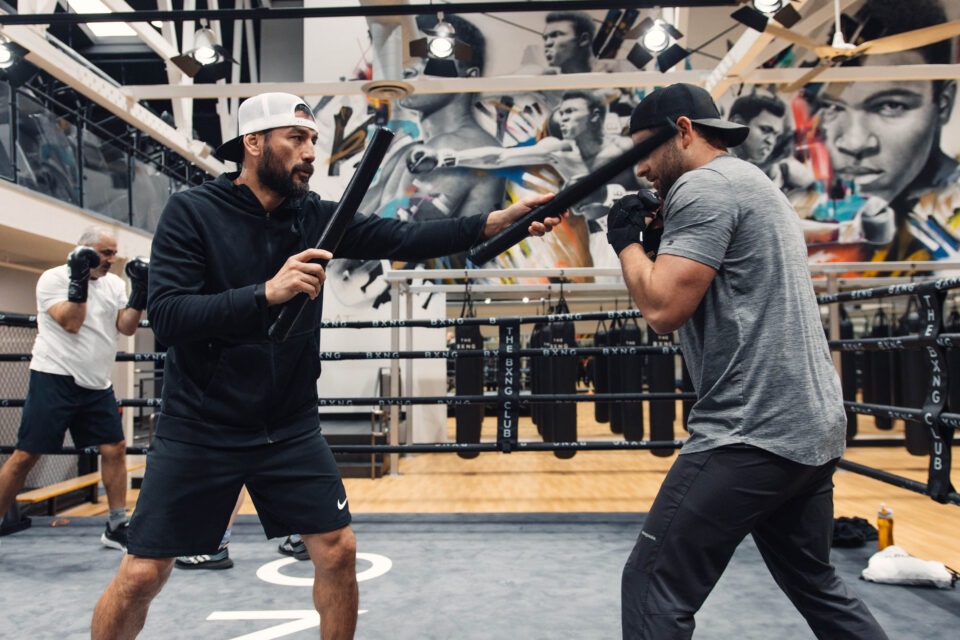What Actually is A Muscle Knot?
Have you ever been tormented by the same exact spot on your body? Right above the shoulder blade, just to the left of the neck with a dull pain that sends you into shivers. The hand goes to grab and pull to massage that sensitive spot until there is some sort of release or just give up. Just give up aka learn how to live with the pain of a muscle knot.
Now ask yourself this: have you ever been tormented by the same exact spot on your body and then realize that you don’t even know what a muscle knot really is. According to the Mayo Clinic, this is the down low. A muscle “knot” are also known as trigger points or myofascial pain syndrome. These terms are used to describe the experience of sensitive spots in the soft tissue that are commonly associated with injury or those with consistent neck/back pain.
Muscle knots can be experienced anywhere in the body but usually will be found in the upper body such as the back, neck, shoulder, low back, and around the hip. The pain associated with muscle knots is very real. However, there isn’t a consistent and clear explanation as to how they’re formed.
Little microspasms or cramps within the muscle can occur for a variety of reasons. There could be a direct injury correlated to the spasms or maybe going too hard on the muscle or not hard enough. (Quick question: when does that ever happen?). Essentially, a microspasm is an accumulation of ‘waste’ that can cause tension or pain. The pain can be influenced by a wild combination of physical, health, lifestyle, cognitive and environmental factors. This makes it tough to pinpoint the cause of the knot.
Relief
Ice packs, hot packs, massage, acupuncture, therapy, physical activity / exercise are the go-to’s for relieving muscle knots. Unfortunately, these are typically short-term fixes and do not address the full pain experience. A percussive massage device such as Theragun or Hypervolt have become all the rage and become a staple item in many doctor offices, gyms, and physical therapy clinics.
Make sure to incorporate stretching, proper nutrition, and hydration to avoid muscle spasms as much as possible.






